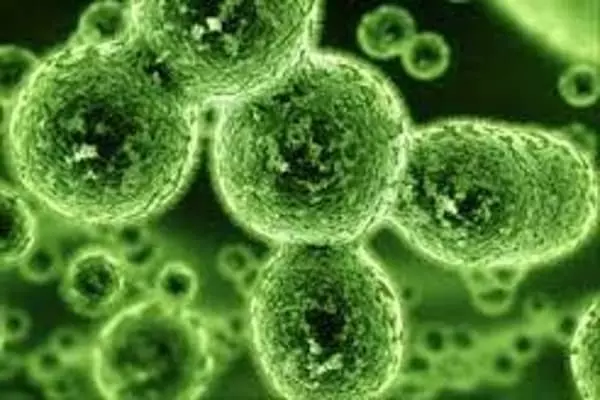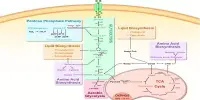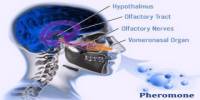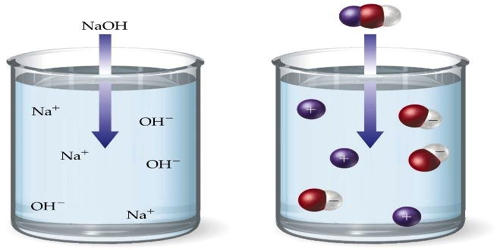Antibiotics are medications that are used to treat bacterial infections. They are ineffective against viruses and the majority of other infections. Antibiotics either kill or prevent microorganisms from reproducing, allowing the body’s natural defenses to eradicate them. Antibiotics are classified based on their chemical structure. However, antibiotics within each class often have different effects on the body and may be effective against different bacteria.
Researchers have discovered a new class of molecules that have antibacterial properties against a wide range of antibiotic-resistant bacteria. Because the properties of the molecules can be easily altered chemically, the hope is that new, effective antibiotics with few side effects can be developed.
Researchers from Karolinska Institutet, Ume University, and the University of Bonn discovered a new class of molecules that have antibacterial properties against a wide range of antibiotic-resistant bacteria. Because the properties of the molecules can be easily altered chemically, the hope is that new, effective antibiotics with few side effects can be developed. The research was published in the scientific journal PNAS.
Antibiotic resistance is on the rise around the world, despite the fact that few new antibiotics have been developed in the last 50 years. As a result, there is an urgent need to discover new antibacterial substances.
Lipid II is an enticing target for new antibiotics. We discovered the first small antibacterial compounds that work by binding to this lipid molecule, and we found no resistant bacterial mutants in our study, which is very promising.
Professor Birgitta Henriques Normark
The majority of antibiotics in clinical use work by preventing bacteria from forming a protective cell wall, causing the bacteria to crack (cell lysis). Aside from the well-known penicillin, which inhibits enzymes involved in wall formation, newer antibiotics such as daptomycin and the recently discovered teixobactin bind to a specific molecule called lipid II. All bacteria require lipid II to build their cell walls. Antibiotics that bind to this cell wall building block are typically very large and complex molecules, making chemical improvement more difficult. Furthermore, these molecules are mostly ineffective against a subset of problematic bacteria, which are surrounded by an additional layer, the outer membrane, which prevents these antibacterials from penetrating.
“Lipid II is an enticing target for new antibiotics. We discovered the first small antibacterial compounds that work by binding to this lipid molecule, and we found no resistant bacterial mutants in our study, which is very promising” Birgitta Henriques Normark, professor at Karolinska Institutet’s Department of Microbiology, Tumor and Cell Biology and one of the article’s three corresponding authors, agrees.

Researchers from Sweden’s Karolinska Institutet and Ume University tested a large number of chemical compounds for their ability to lyse pneumococci, the most common cause of community-acquired pneumonia. The preliminary tests were conducted in collaboration with the Chemical Biology Consortium Sweden (CBCS), a national research infrastructure at SciLifeLab. Following a careful examination of the active compounds identified during this screening, the researchers discovered that a class of molecules known as THCz inhibits the formation of the bacterium’s cell wall by binding to lipid II. The molecules may also inhibit the formation of the sugar capsule required by pneumococci to evade the immune system and cause disease.
“Small molecules like these have the advantage of being easier to change chemically. We hope to be able to modify THCz so that its antibacterial effect improves while any negative effects on human cells are reduced “One of the corresponding authors is Fredrik Almqvist, a professor at Ume University’s Department of Chemistry.
THCz has an antibacterial effect in laboratory experiments against many antibiotic-resistant bacteria, including methicillin-resistant staphylococci (MRSA), vancomycin-resistant enterococci (VRE), and penicillin-resistant pneumococci (PNSP). An antibacterial effect was also discovered against gonococci, which cause gonorrhea, and mycobacteria, which can cause serious diseases in humans such as tuberculosis. In a laboratory setting, the researchers were unable to identify any bacteria that developed resistance to THCz.
“We will now begin efforts to modify the THCzmolecule, allowing it to penetrate the outer cell membrane found in some, particularly intractable, multi-resistant bacteria,” says Tanja Schneider, professor at the University of Bonn’s Institute of Pharmaceutical Microbiology and one of the corresponding authors.
The study was conducted in collaboration with Karolinska University Hospital and the University Hospital in Bonn. The Swedish Foundation for Strategic Research, the Swedish Research Council, the Knut, and Alice Wallenberg Foundation, Region Stockholm, the Göran Gustafsson Foundation, the German Research Foundation (DFG; TRR261), and the German Center for Infection Research all contributed to the study’s funding (DZIF). There have been no reports of conflicts of interest.
















